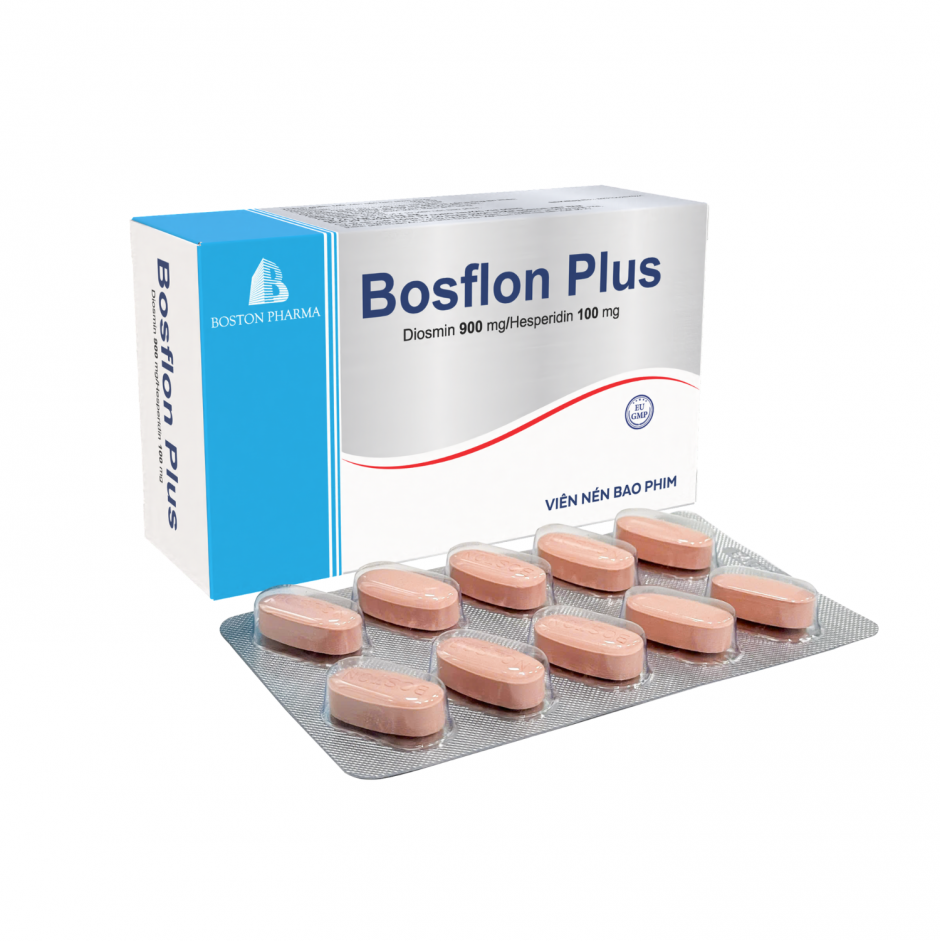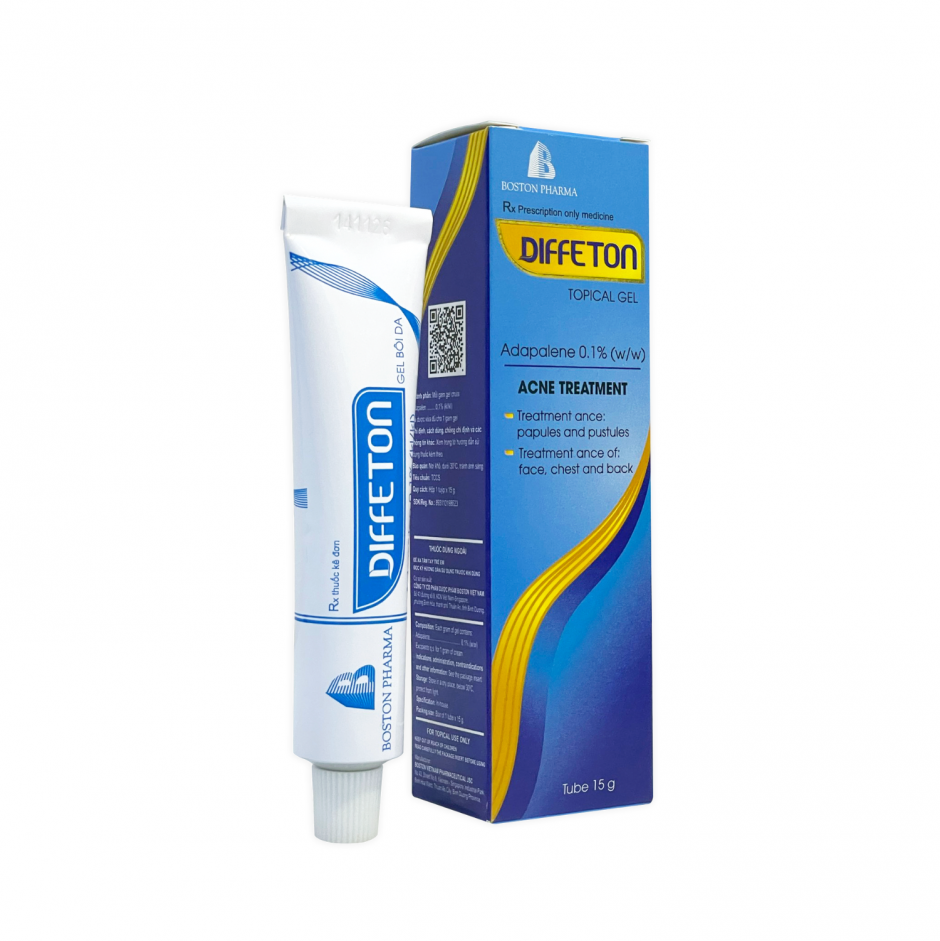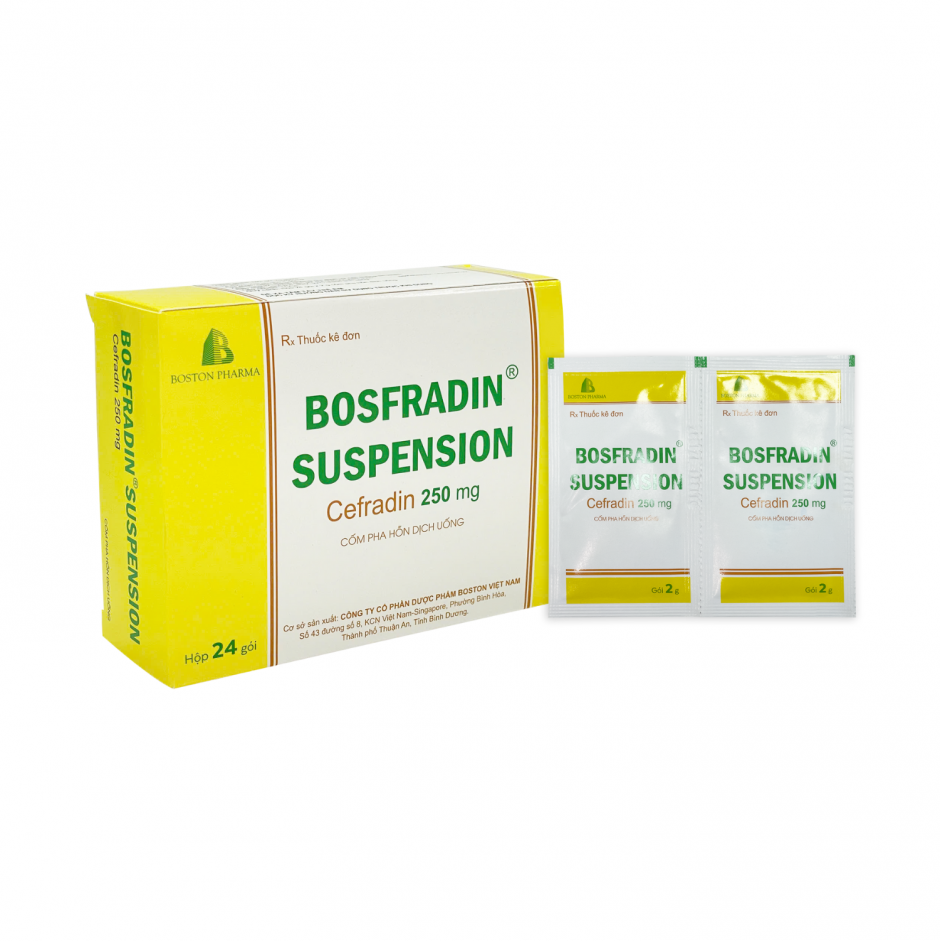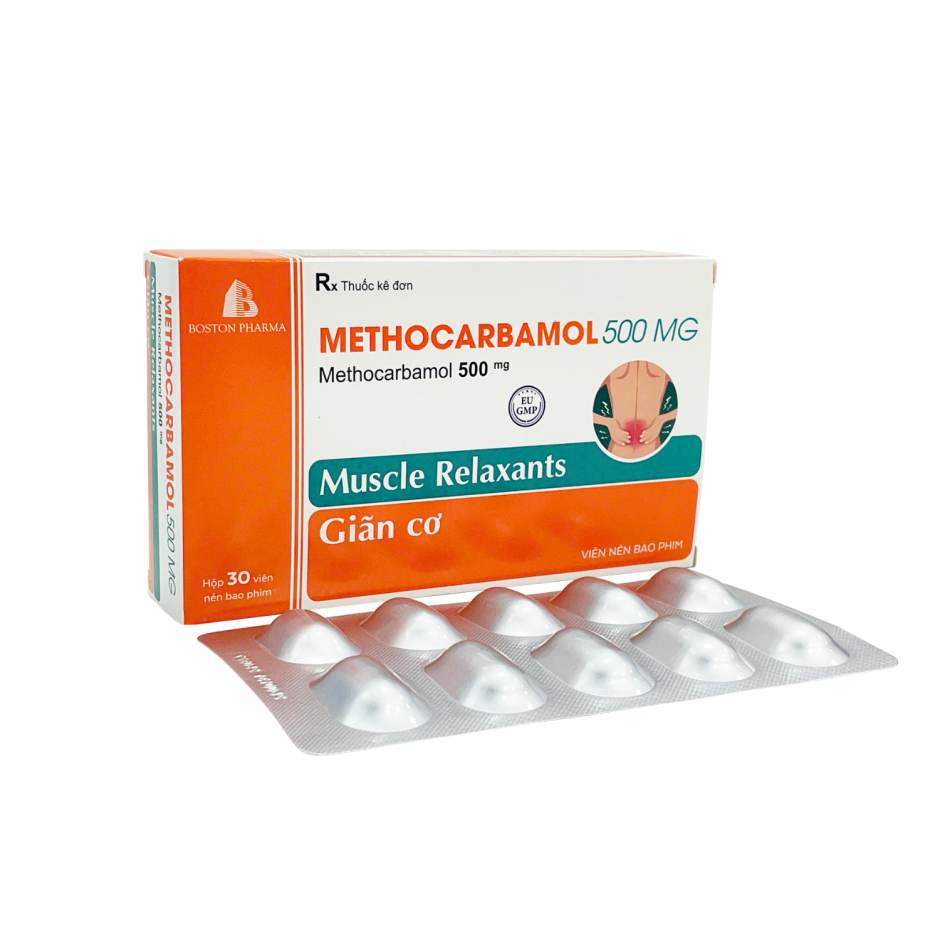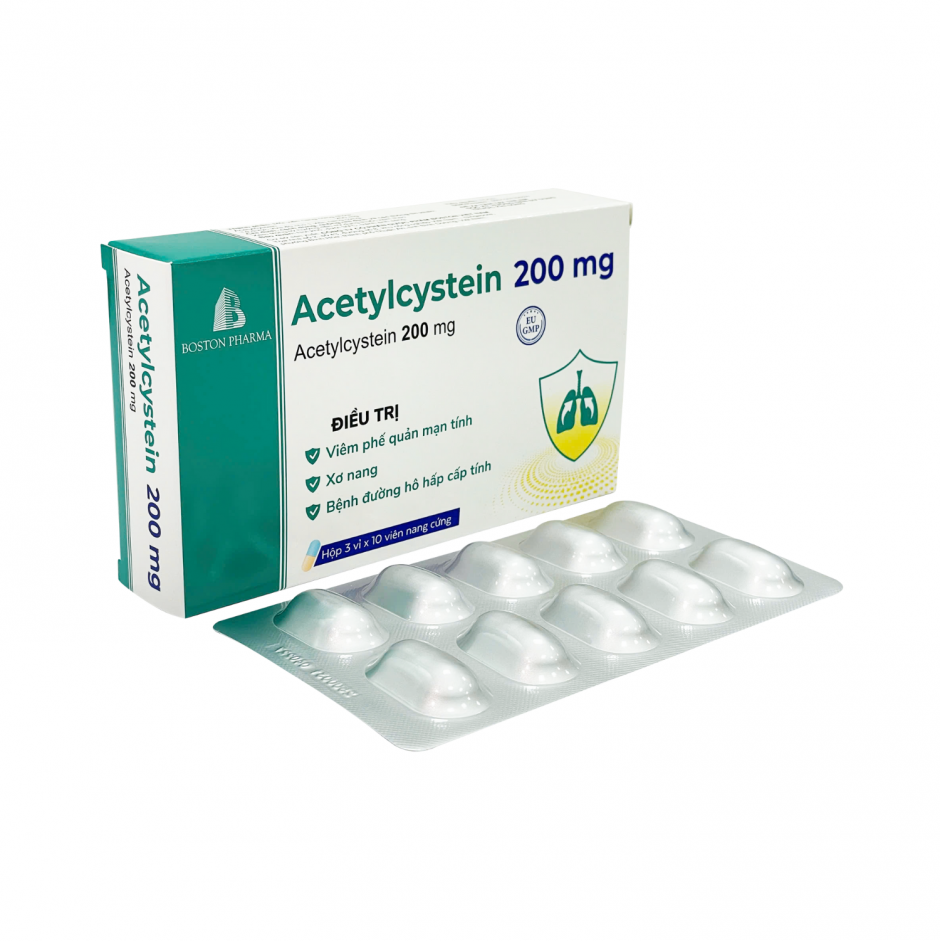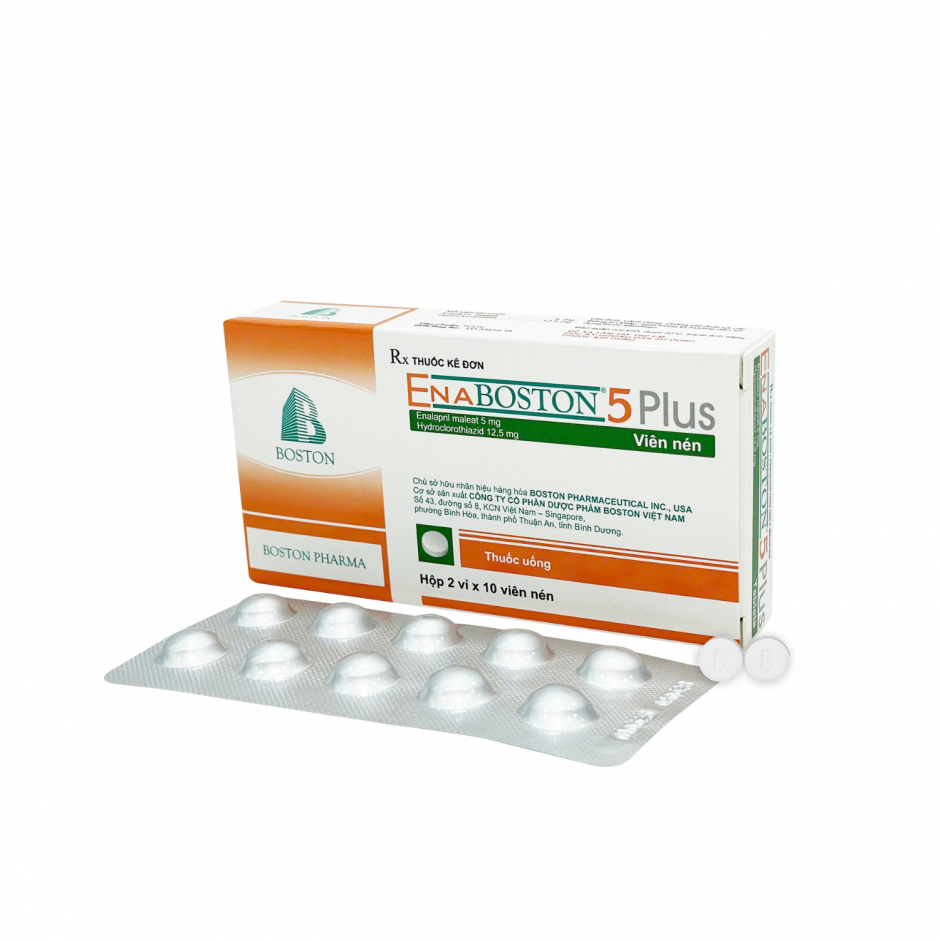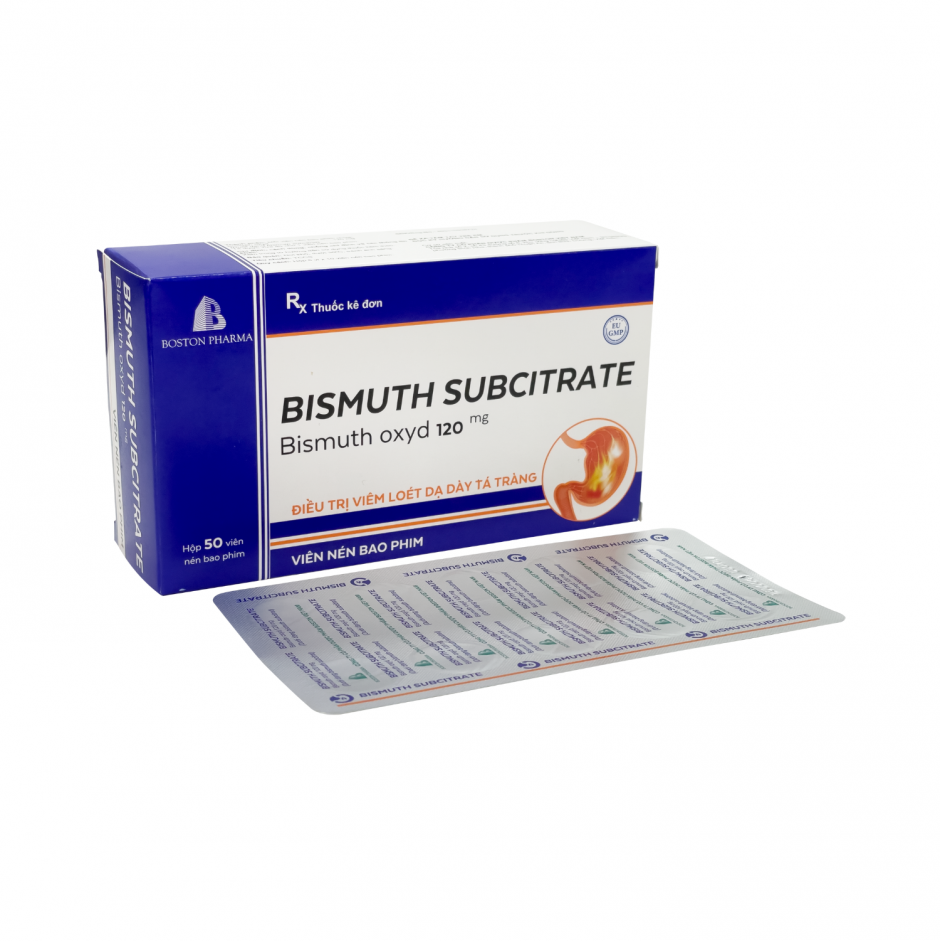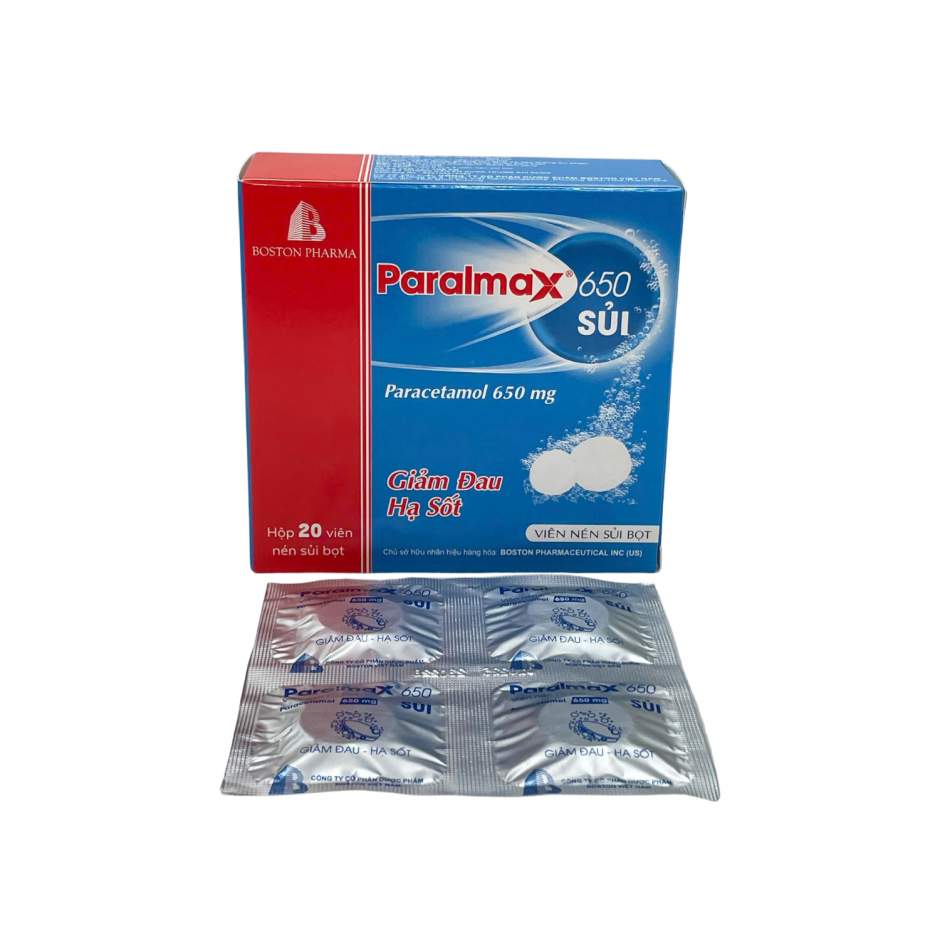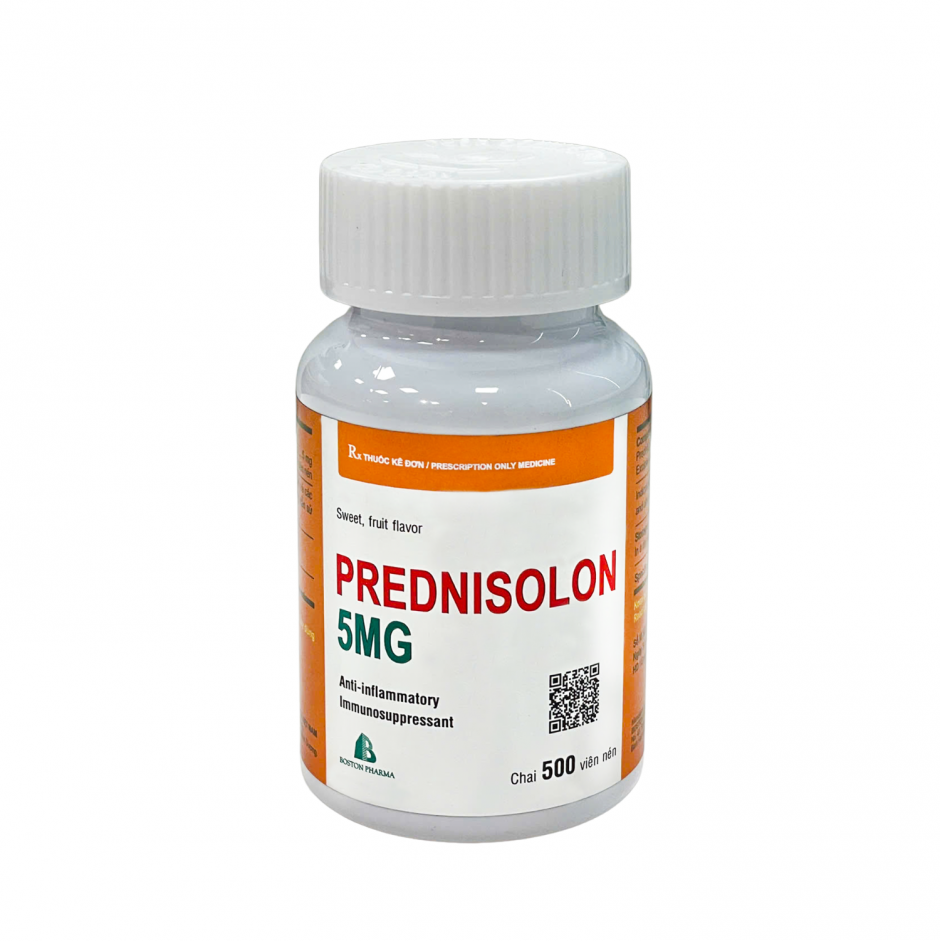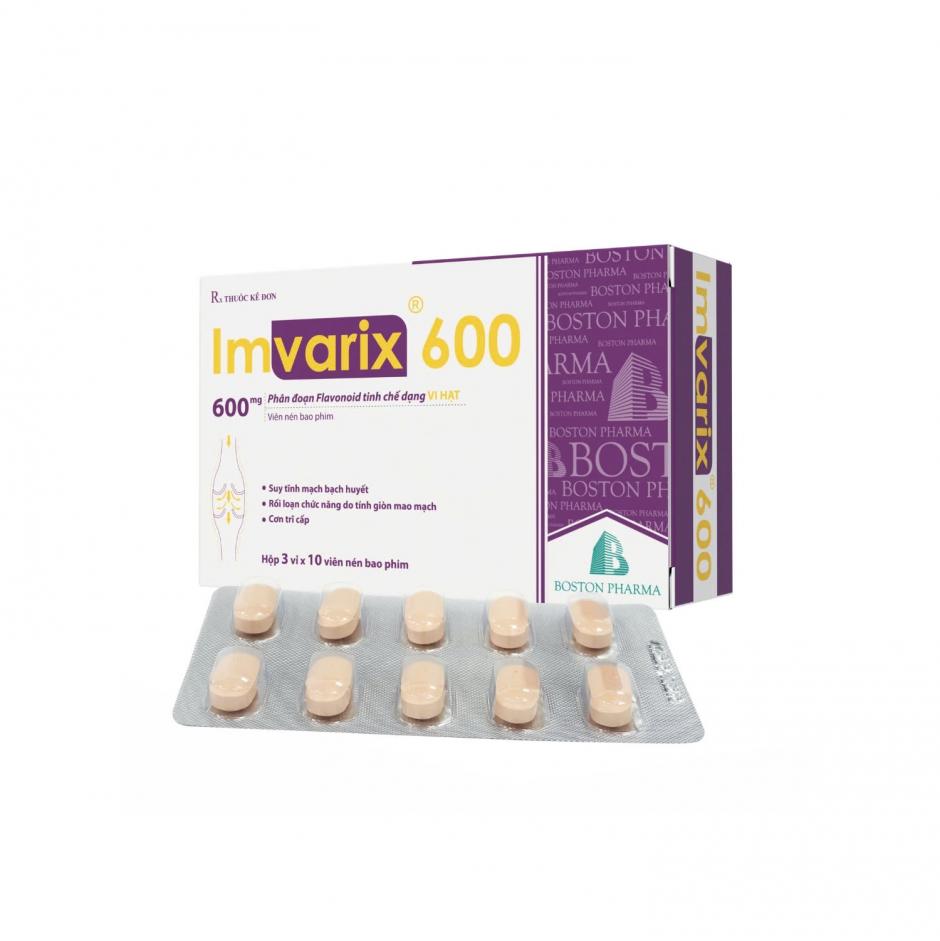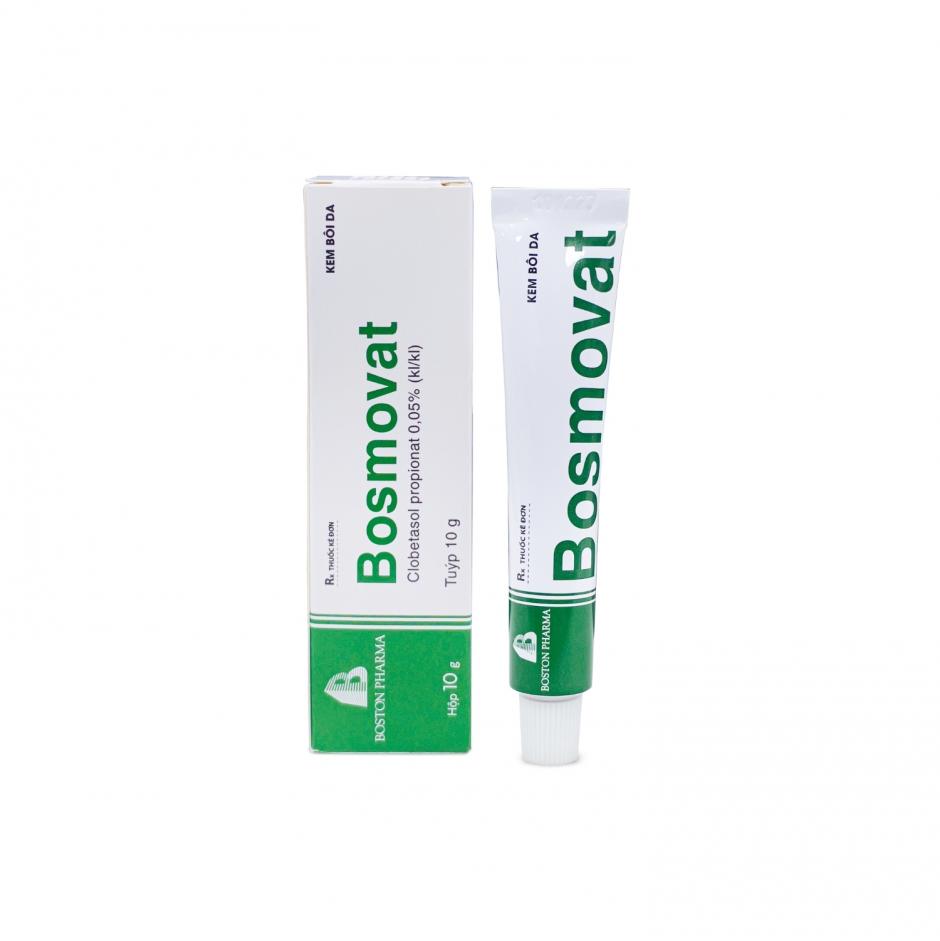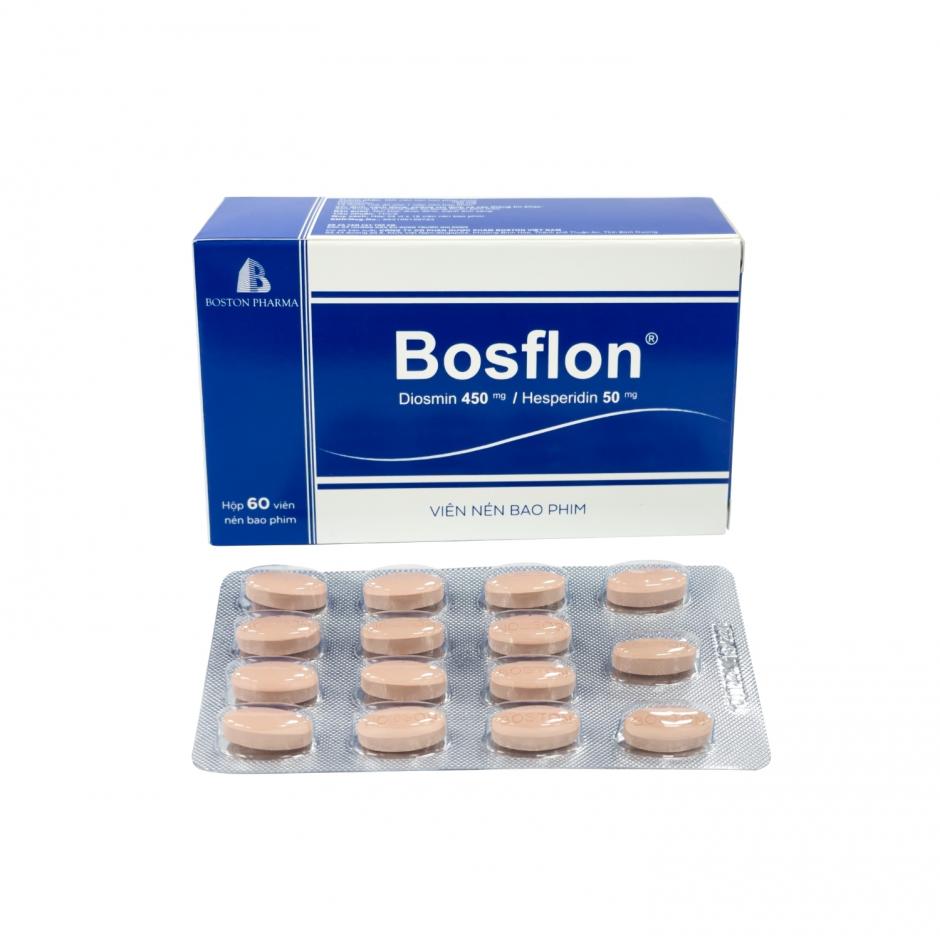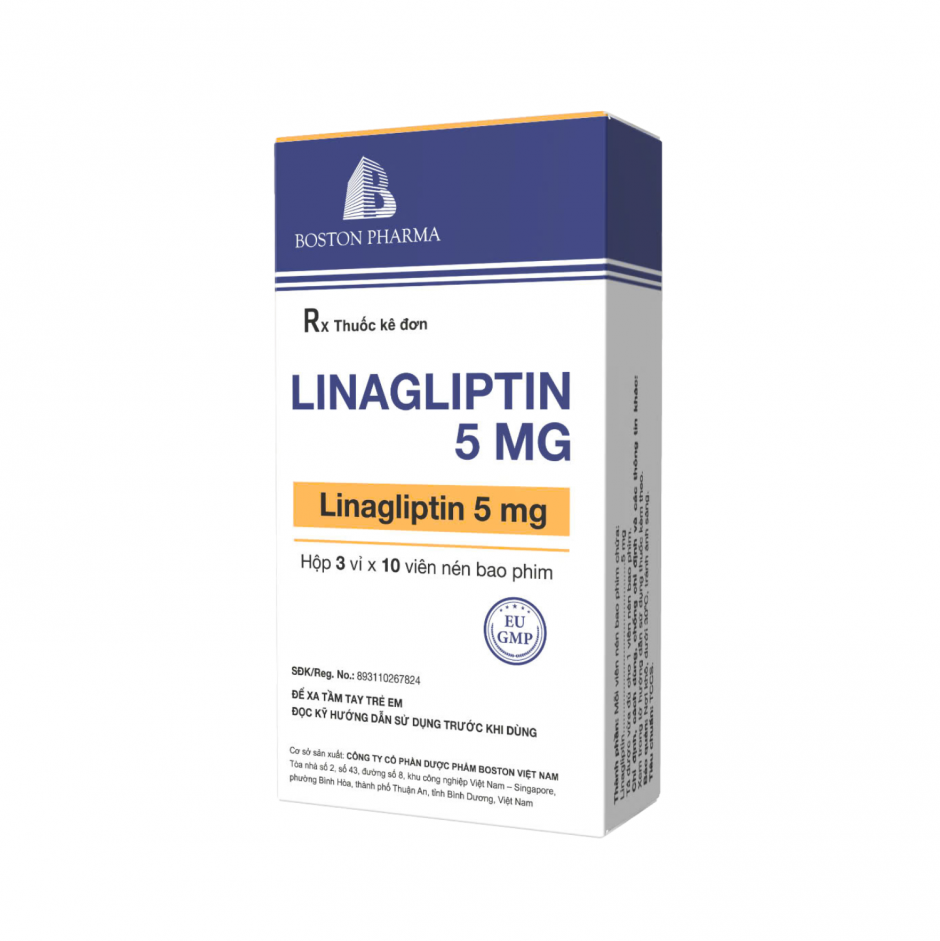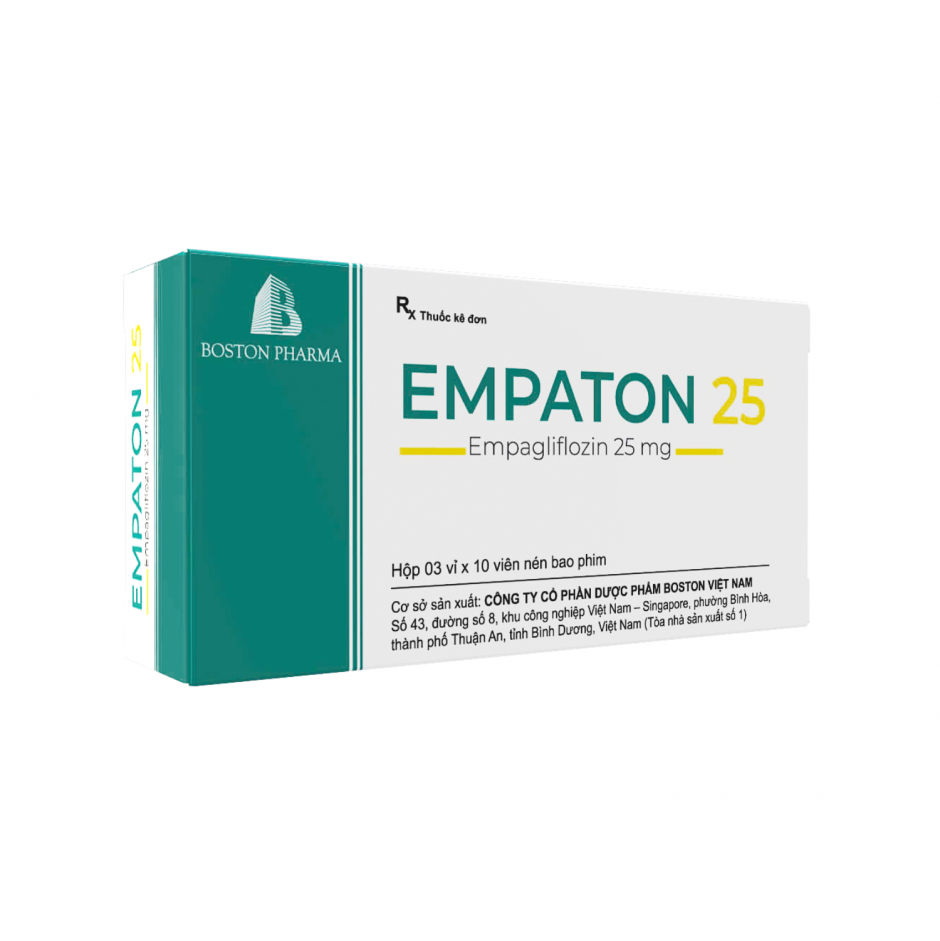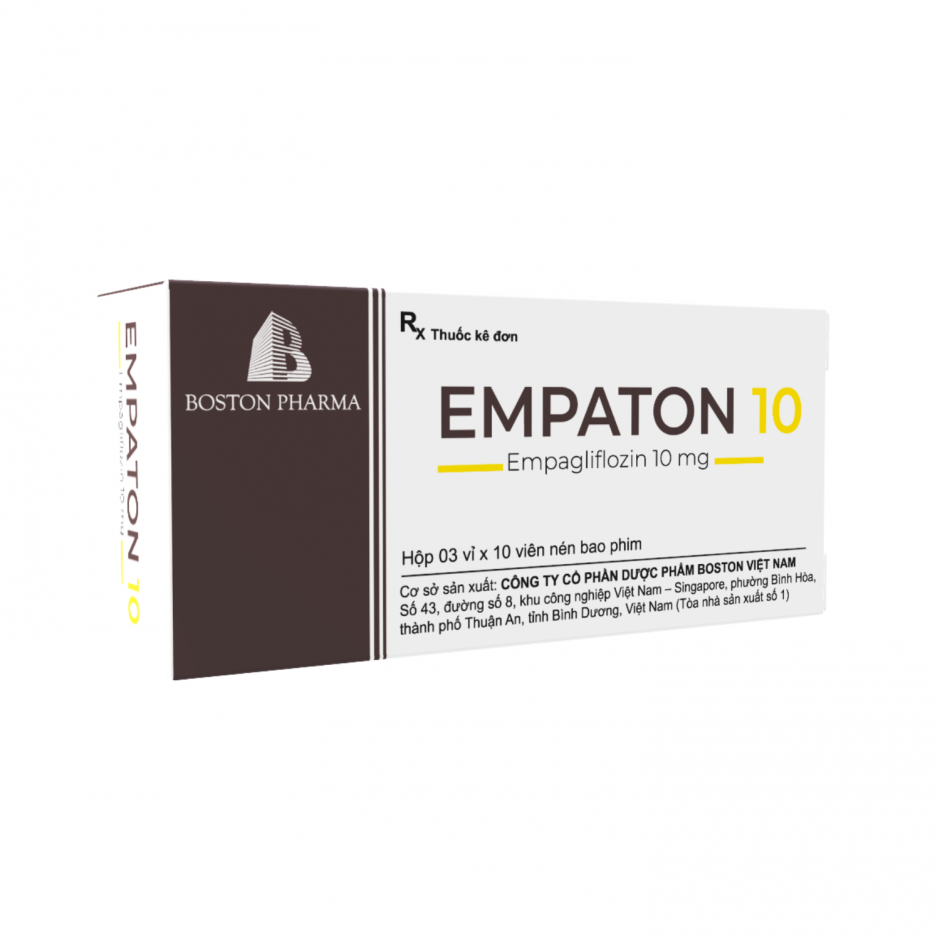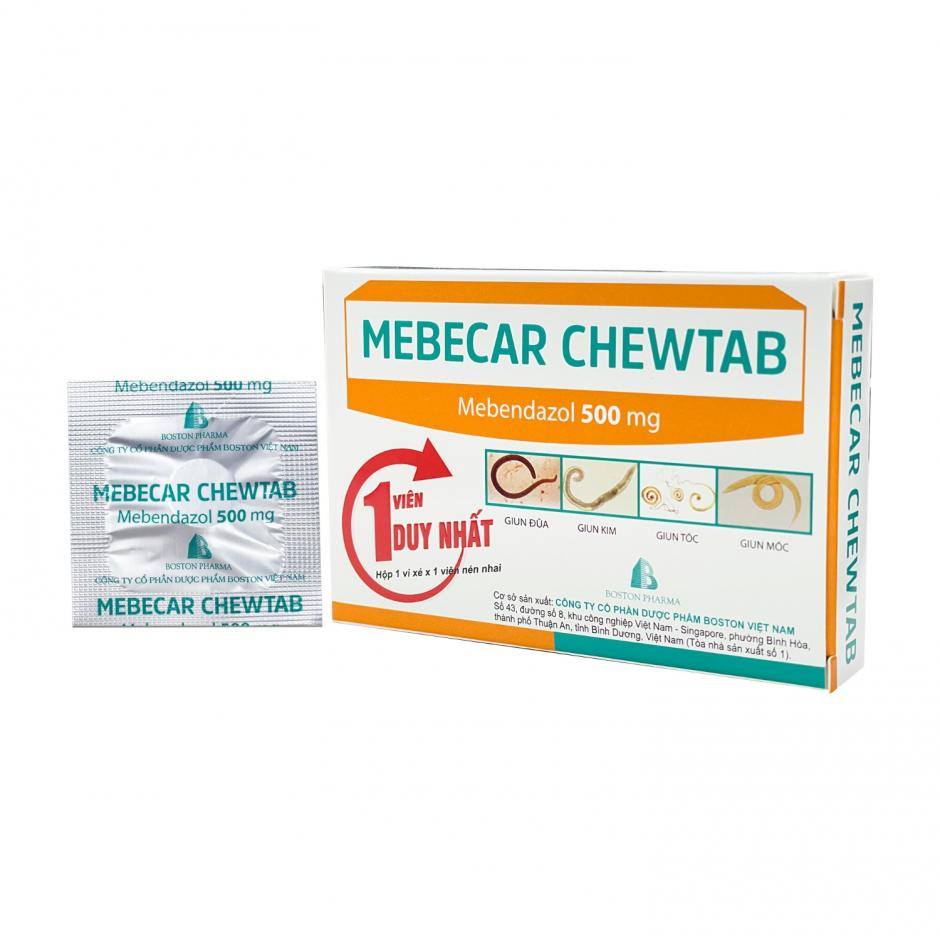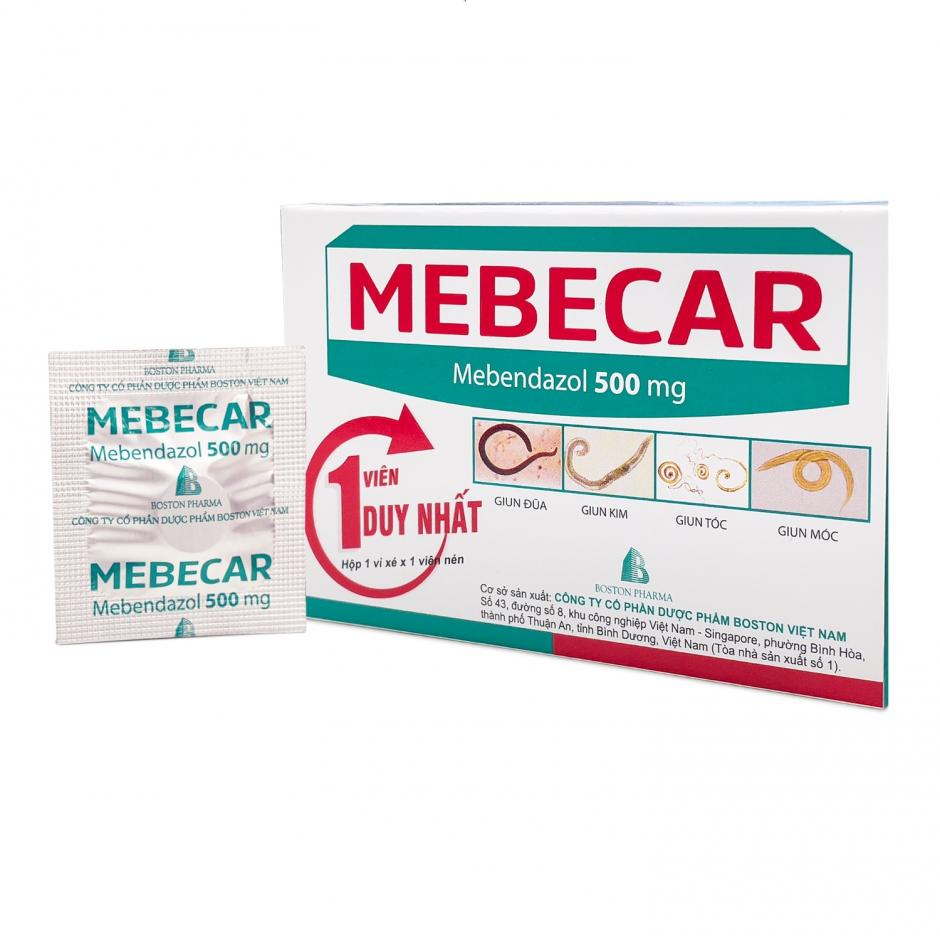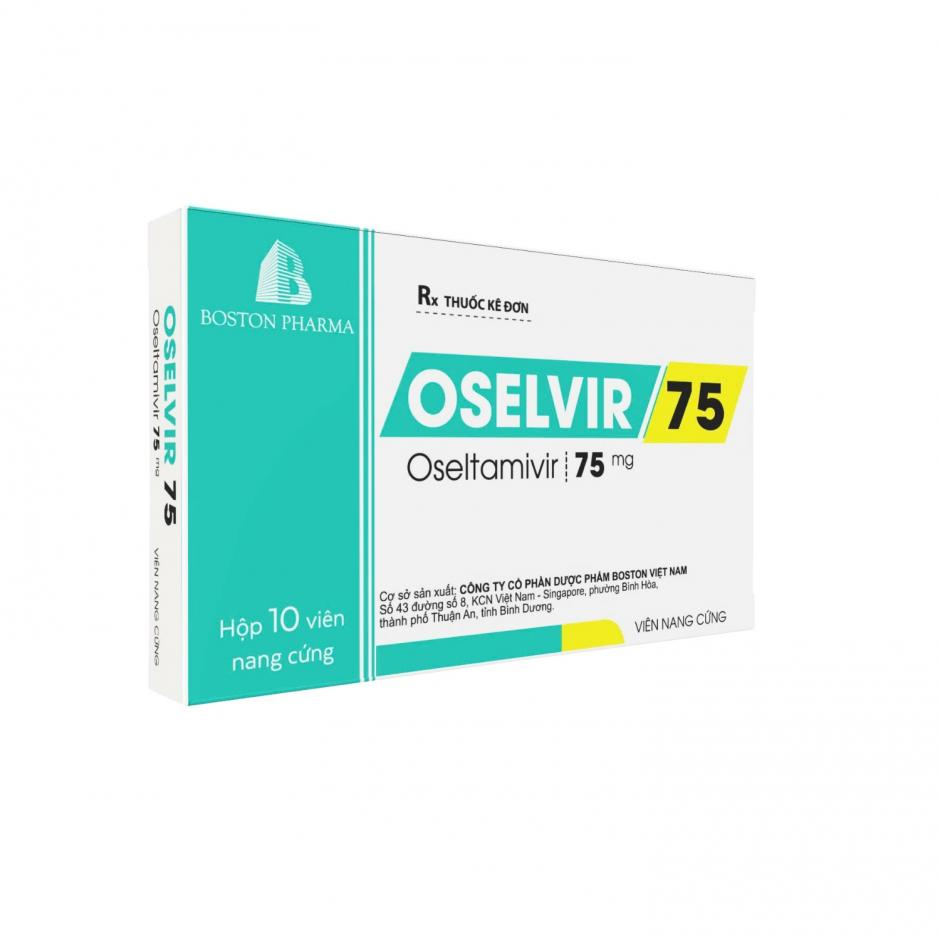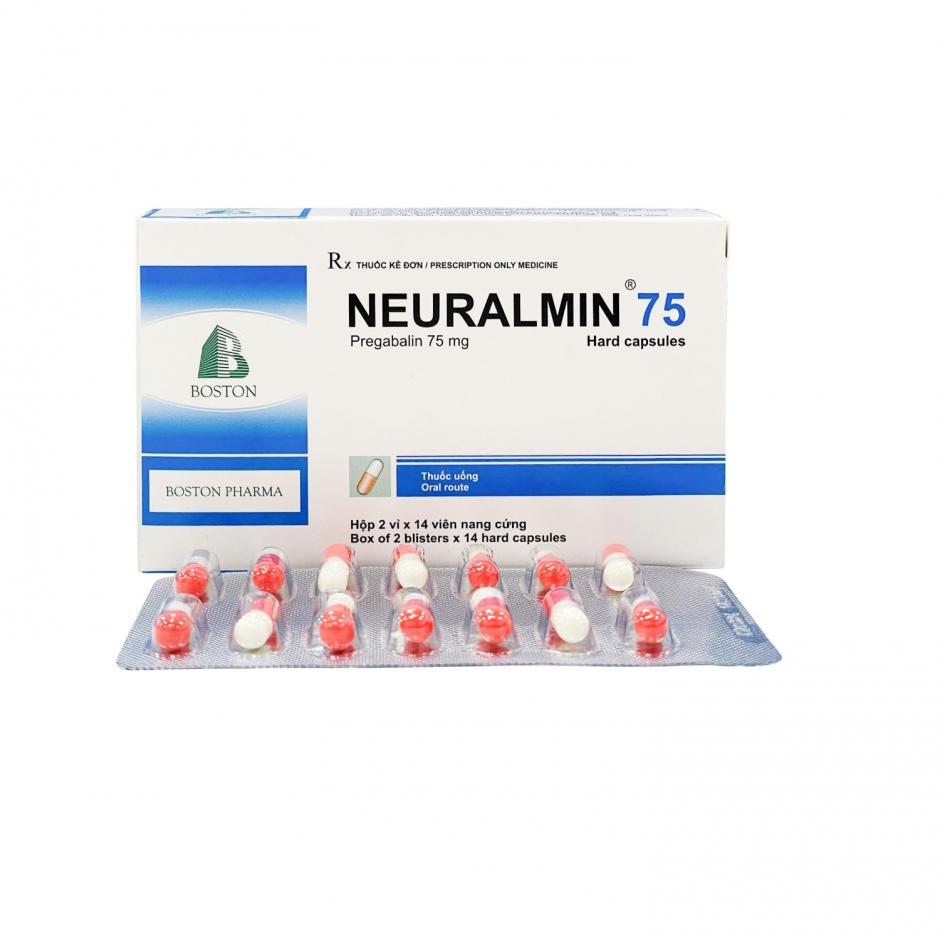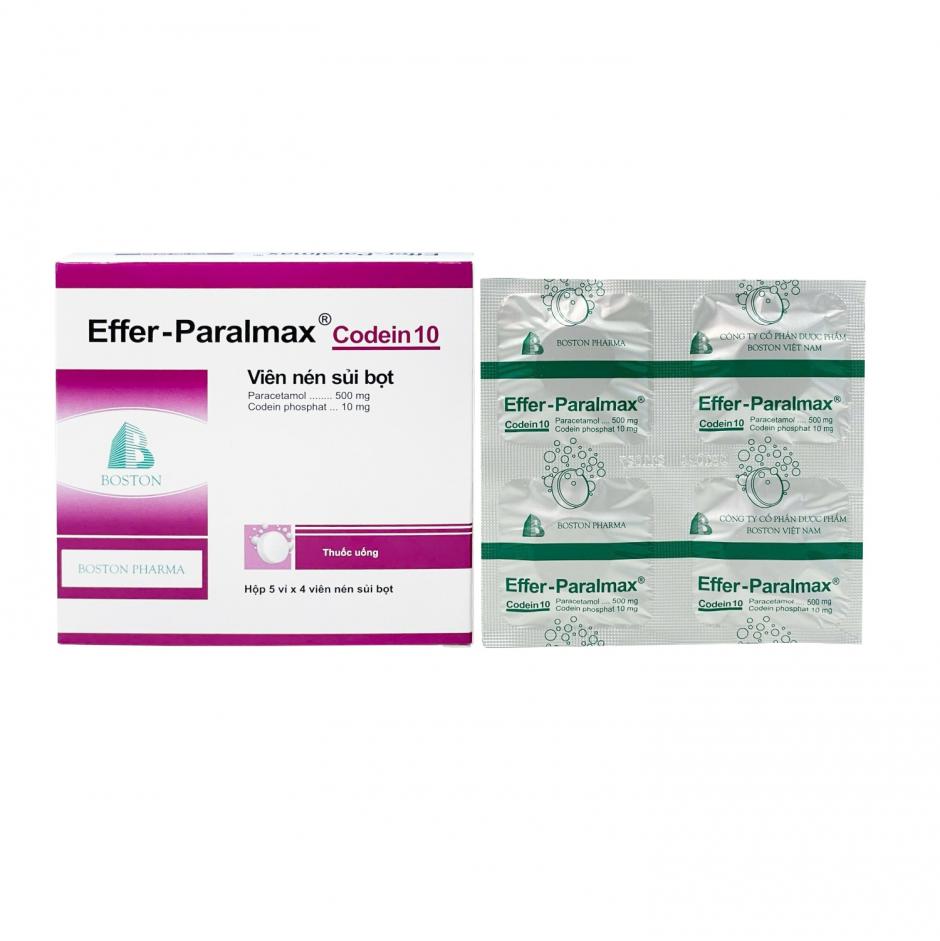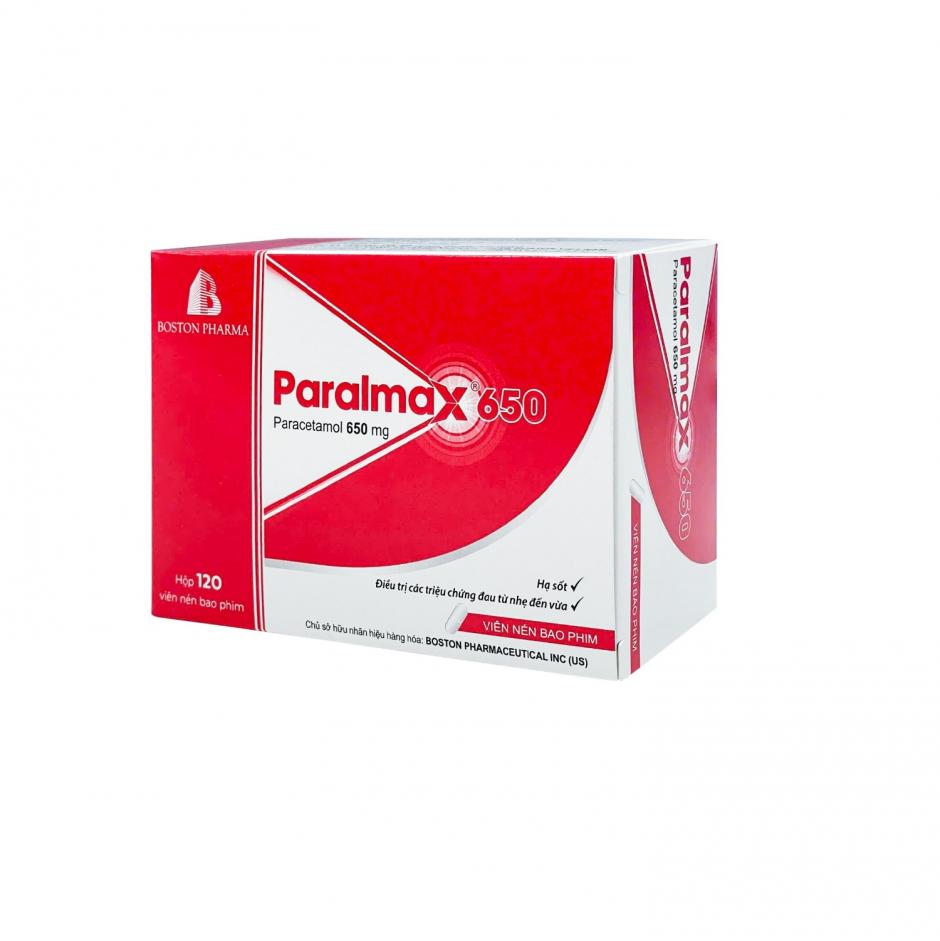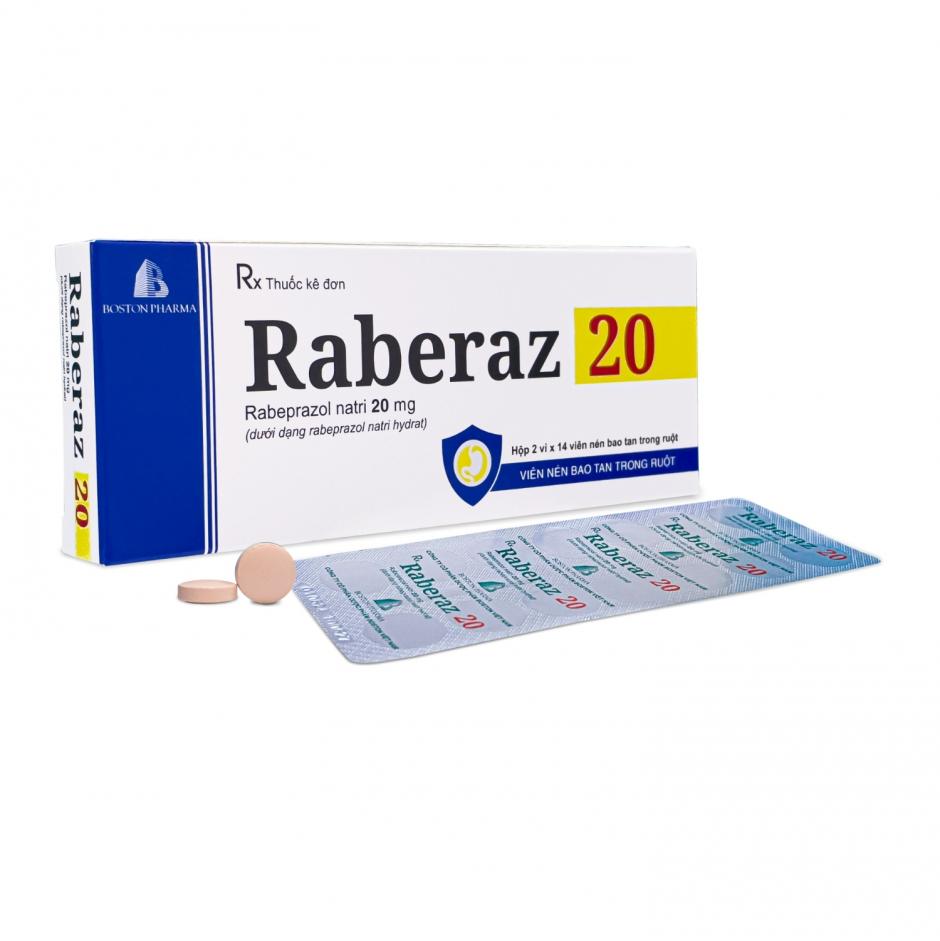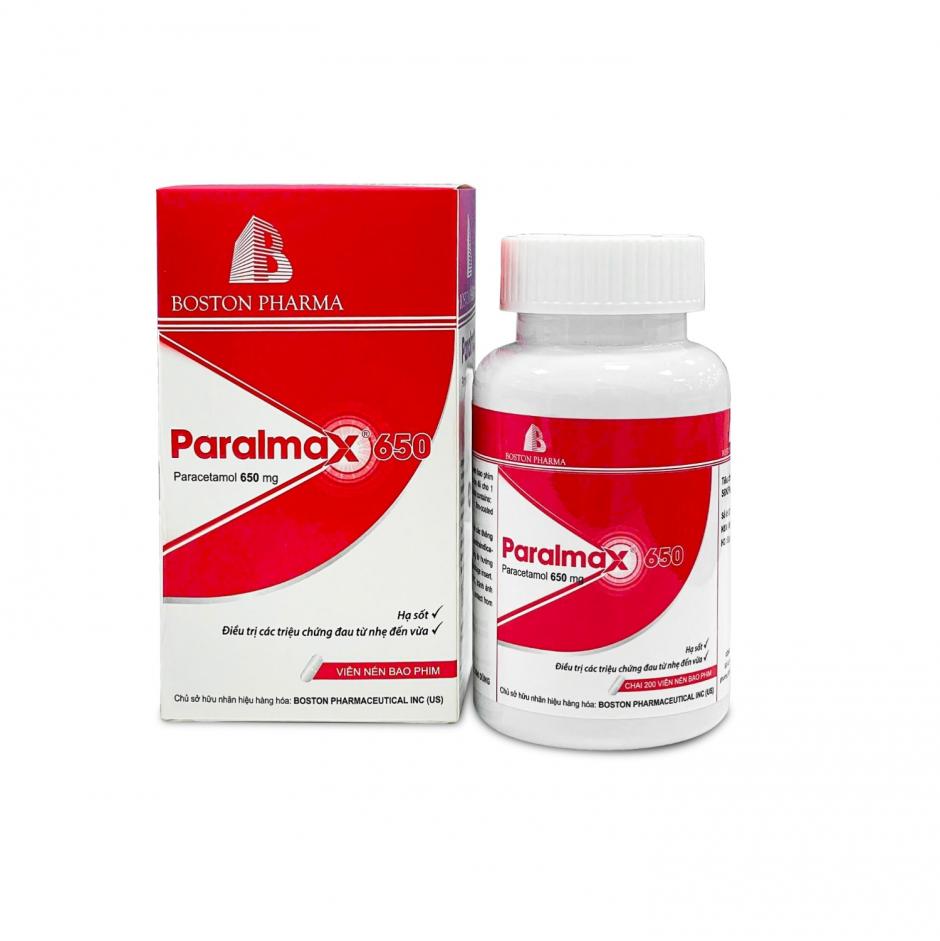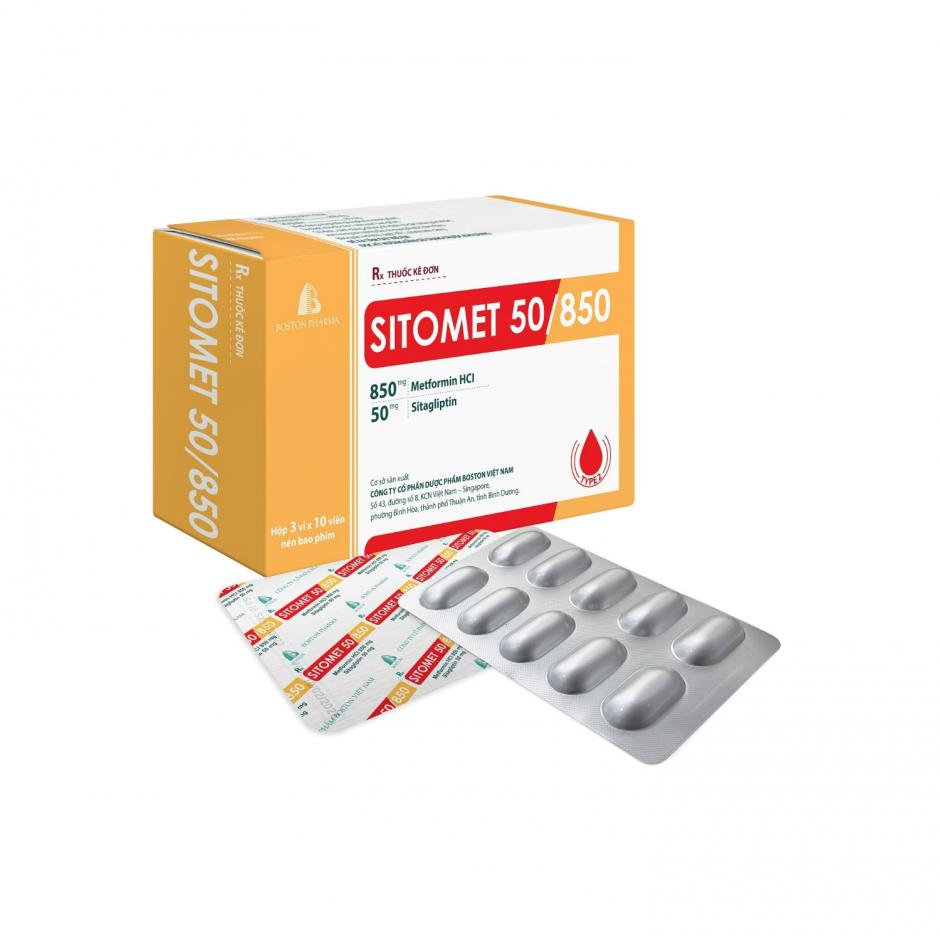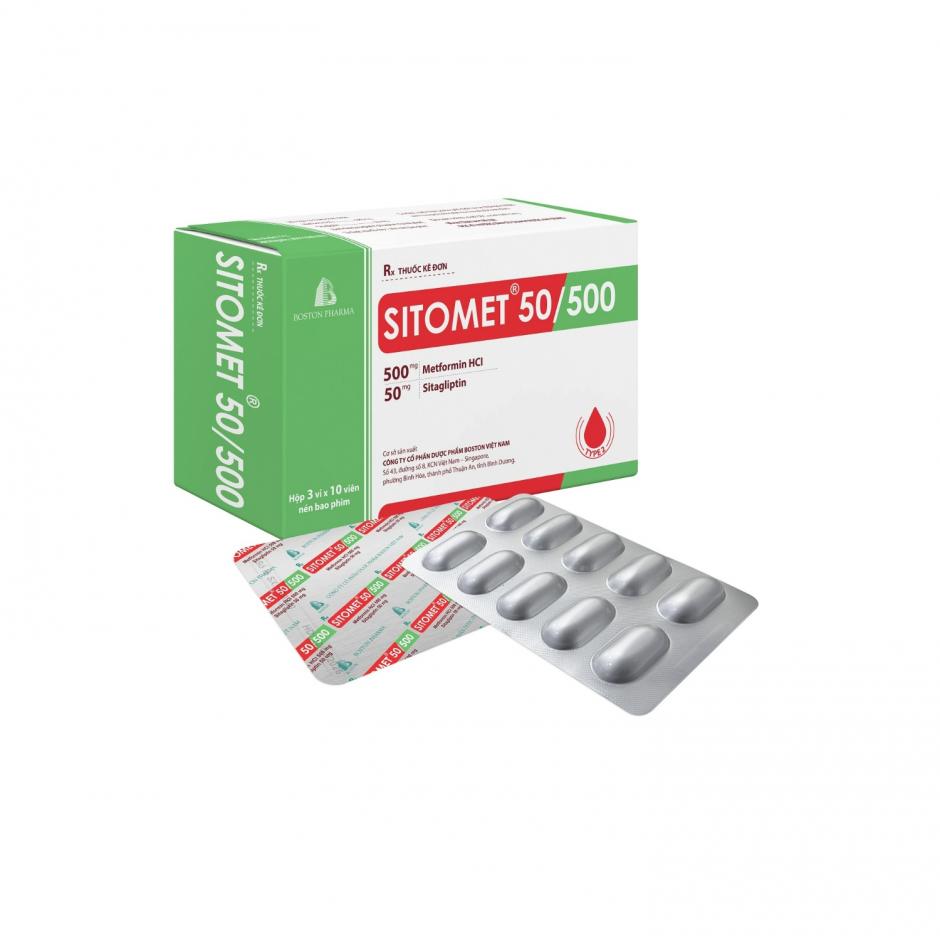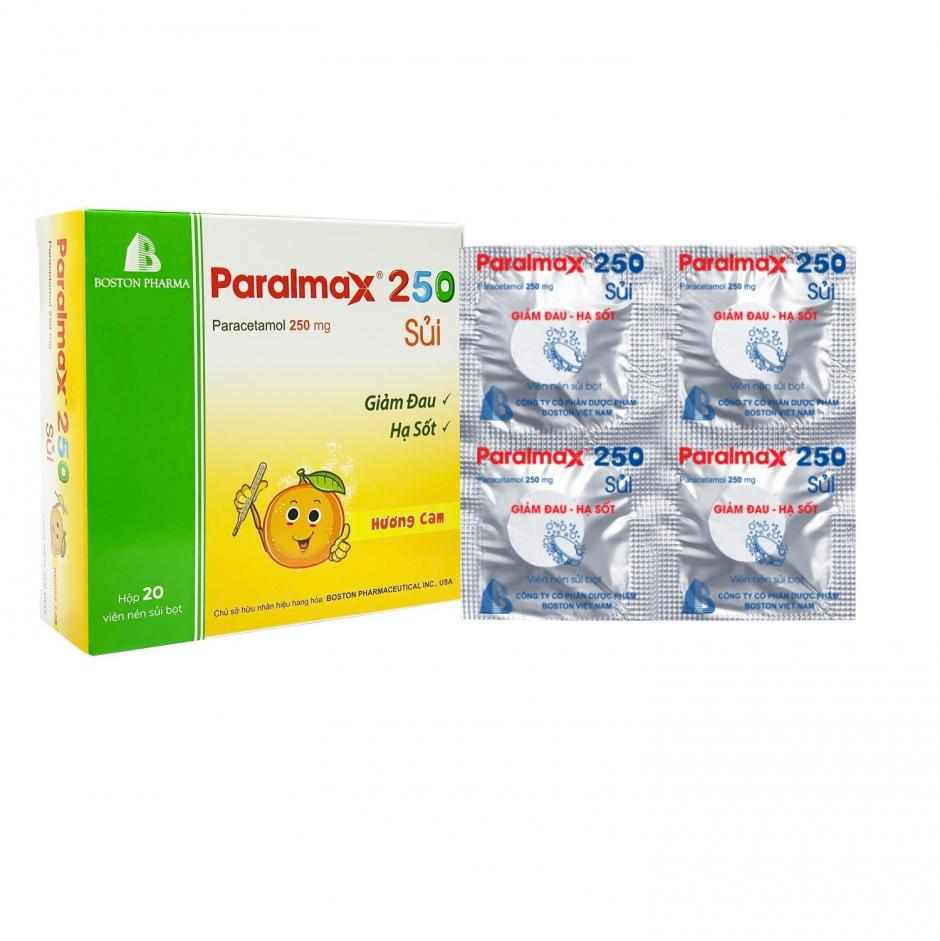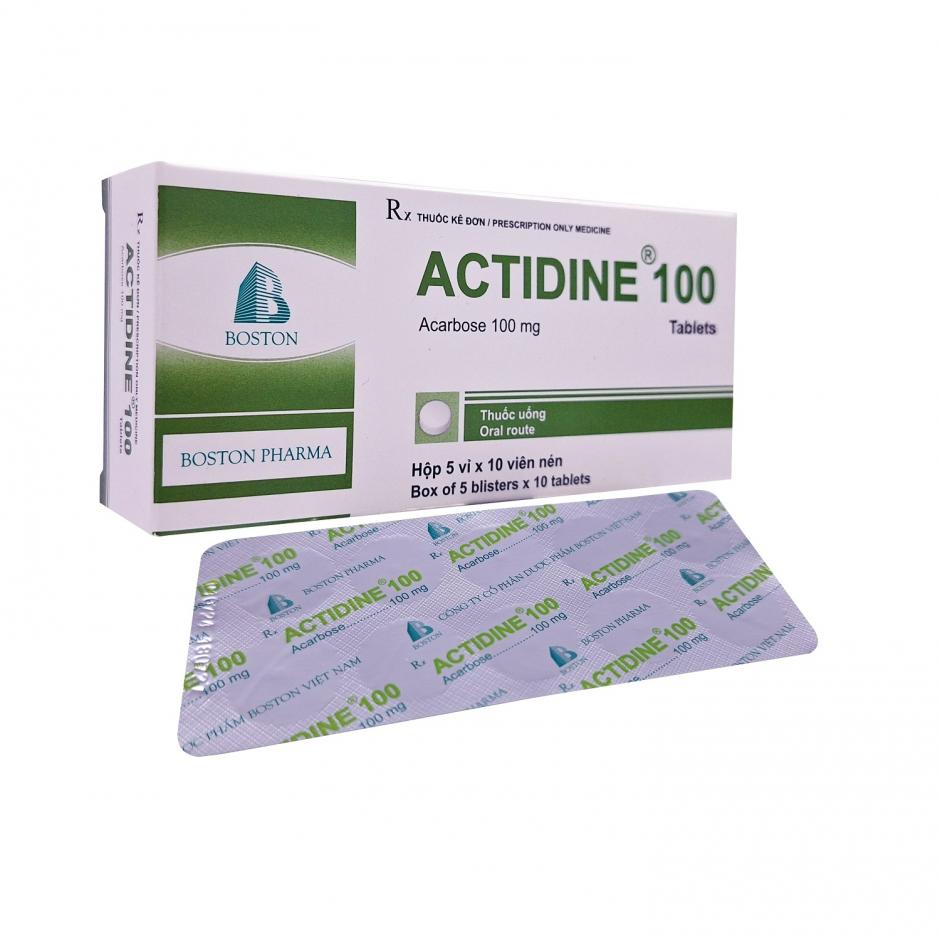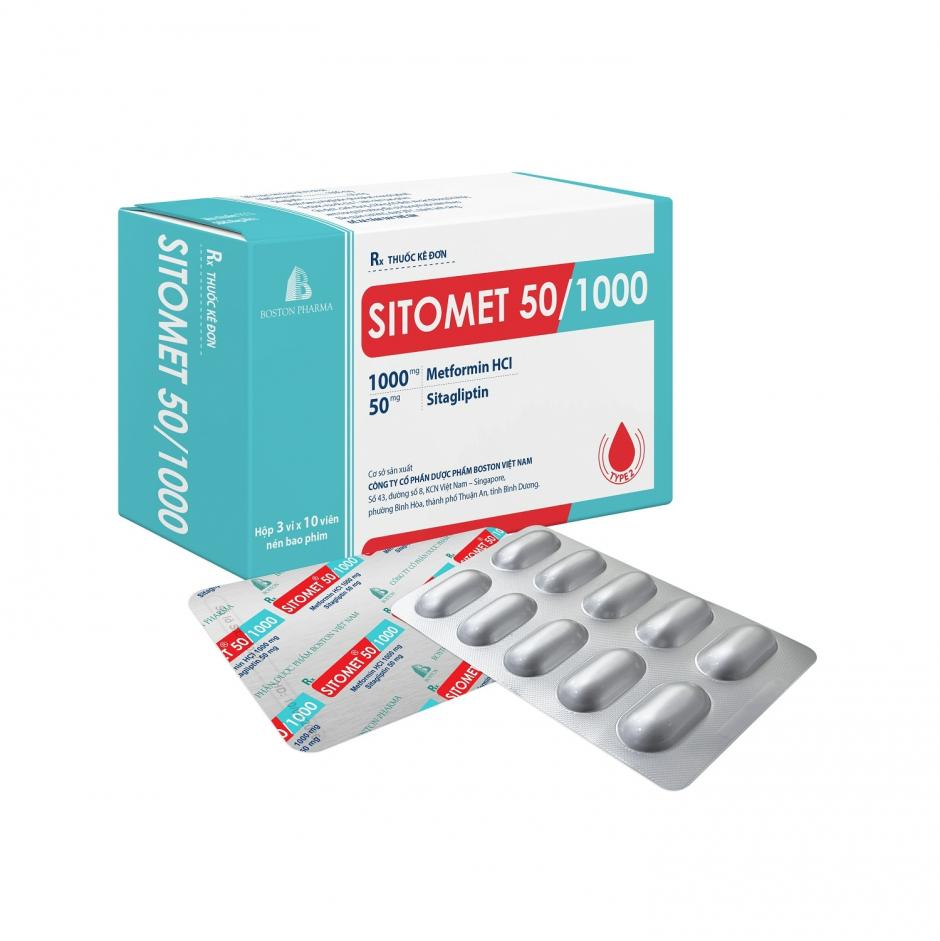Nhà máy: Số 43, Đường số 8, VSIP, P. Bình Hòa, TP. Thuận An, T. Bình Dương
Điện thoại: (0274) 3769 606
Văn phòng và chi nhánh:
- VP Lisbon (Bồ Đào Nha): Campo Grande nº 28, 3.º C, - lisbon, district of Lisbon, municipality of Lisbon, parish of Alvalade.
Điện thoại: 1900 1910
- CN Hà Nội: Số 38 Đức Giang, P. Đức Giang, Q. Long Biên, TP. Hà Nội.
Điện thoại: (024) 7305 0606
- CN Đà Nẵng: 01, Hàm Trung 4, P. Hòa Hiệp Nam, Q. Liên Chiểu, TP. Đà Nẵng.
Điện thoại: (023) 6730 3737
- CN Nha Trang: Số 29, Thái Thông, Xã Vĩnh Thái, TP. Nha Trang, Khánh Hoà.
Điện thoại: (025) 8730 3969
- VP Hồ Chí Minh: Tầng 4, Tòa nhà Flemington, số 182 Lê Đại Hành, Phường 15,
Quận 11, TP. Hồ Chí Minh.
Điện thoại: (028) 3838 0606
- CN Cần Thơ: S2-3-4-5, Đường số 10, KĐT Nam Cần Thơ, Cái Răng, Cần Thơ.
Điện thoại: (029) 2730 5959



